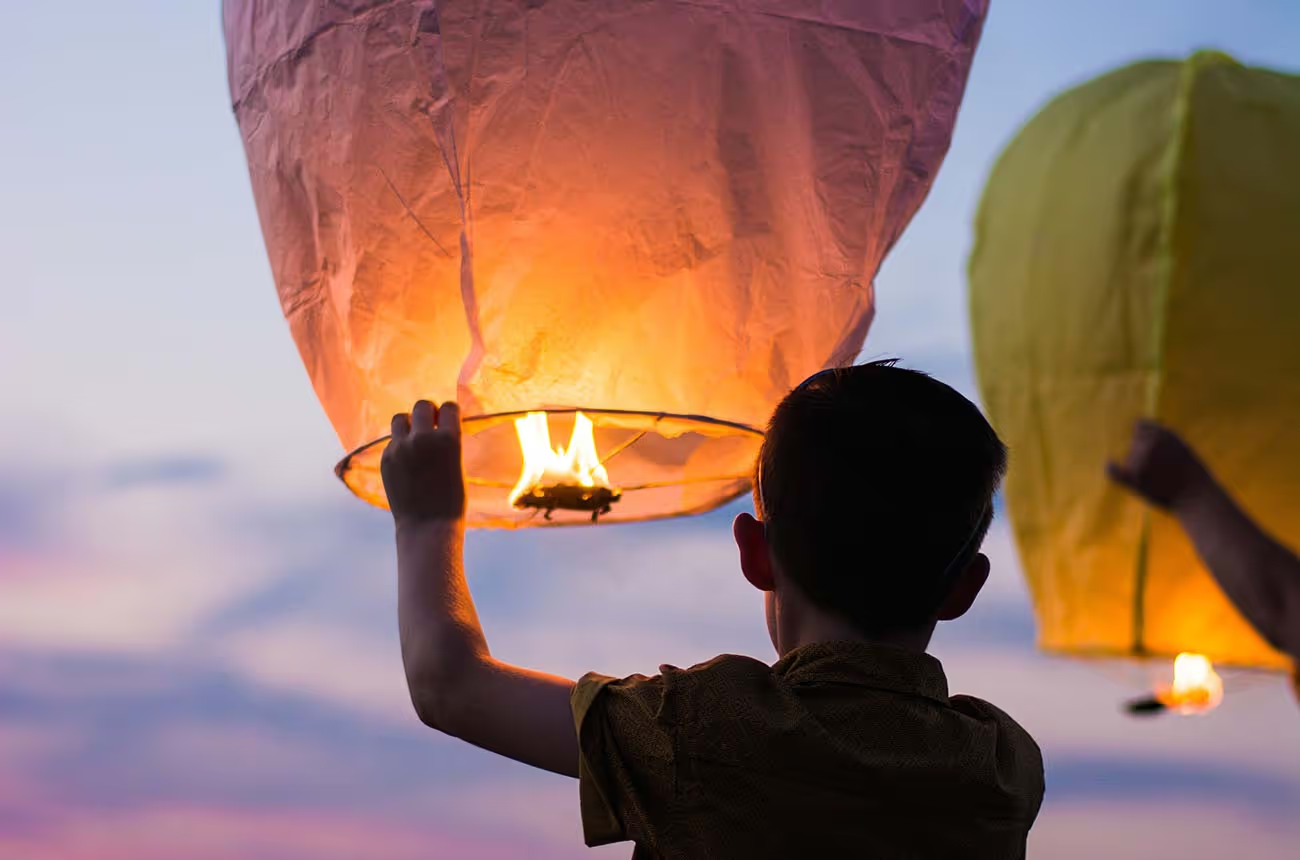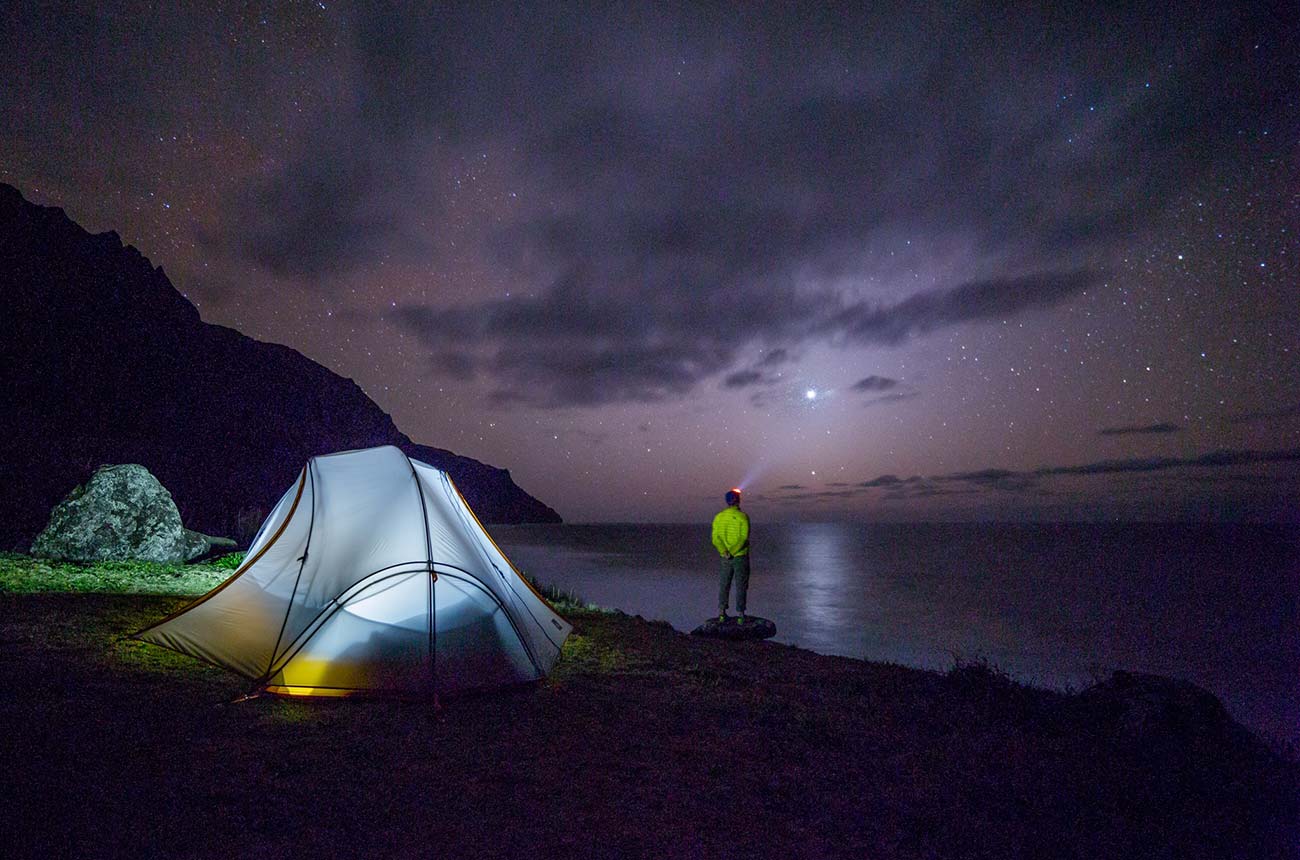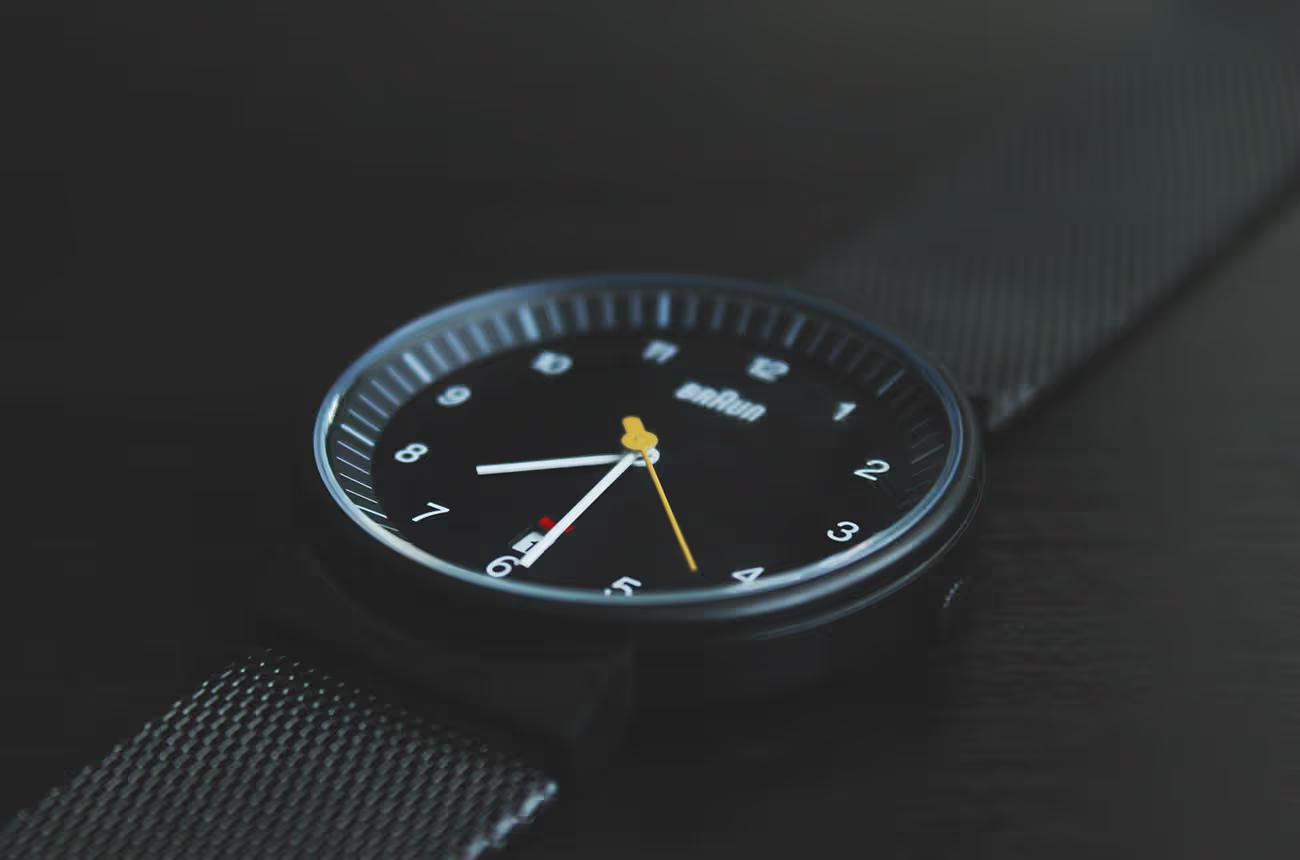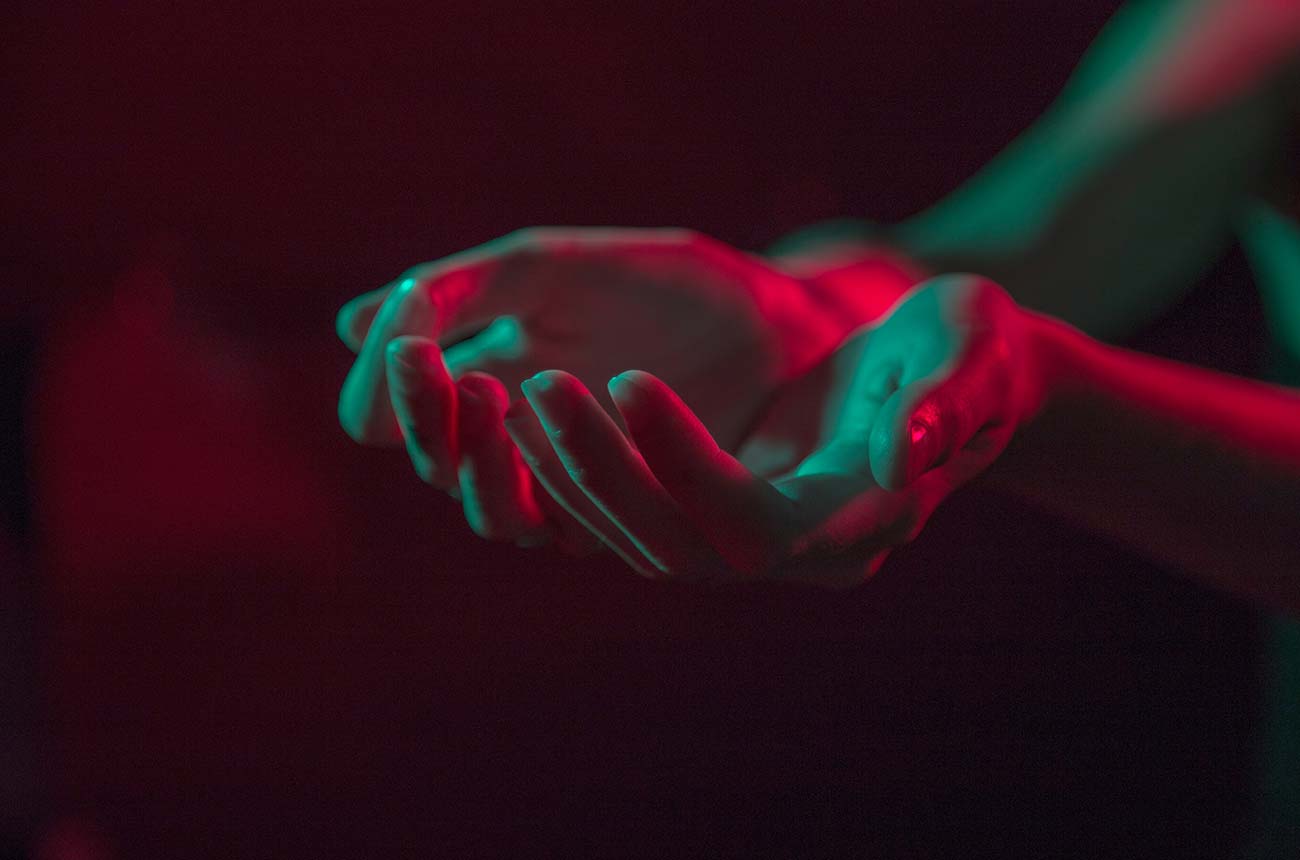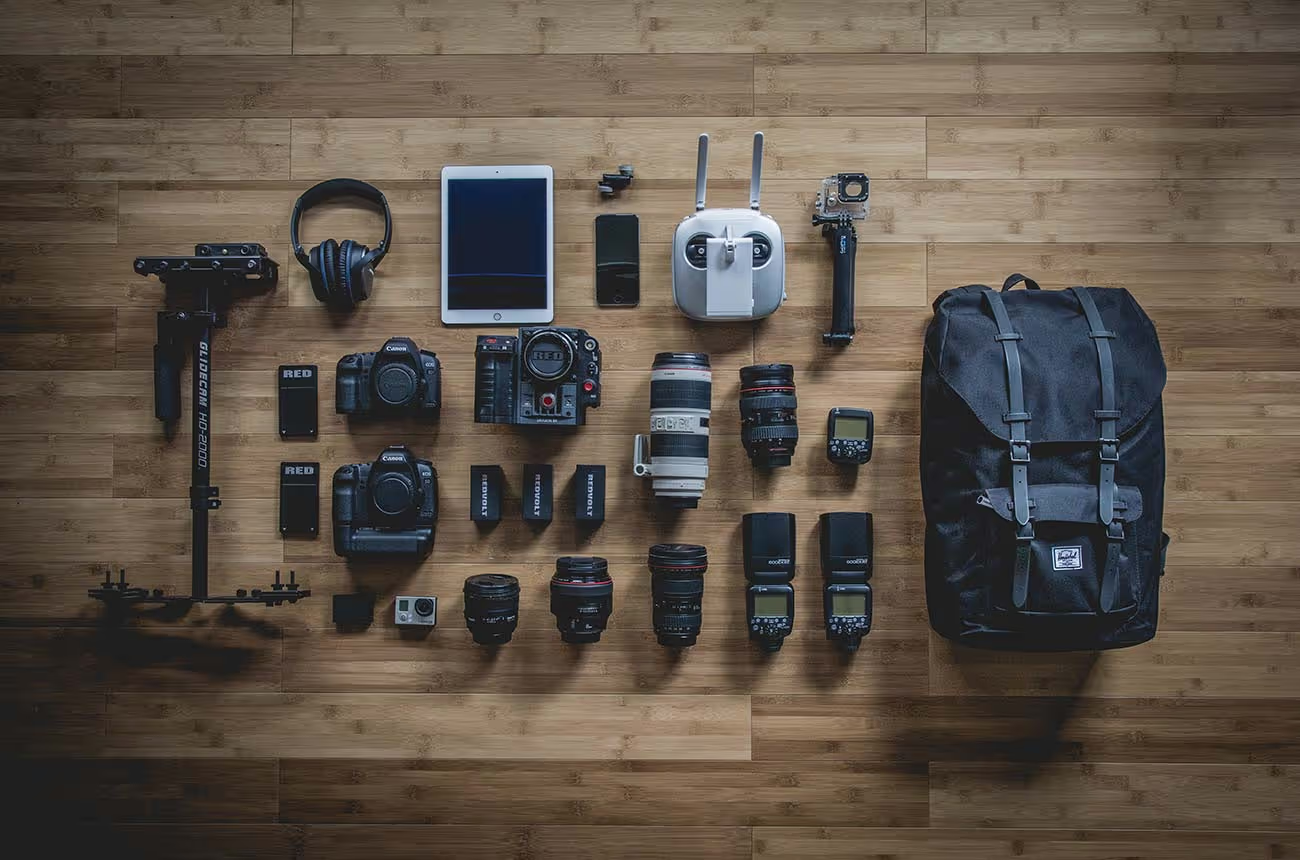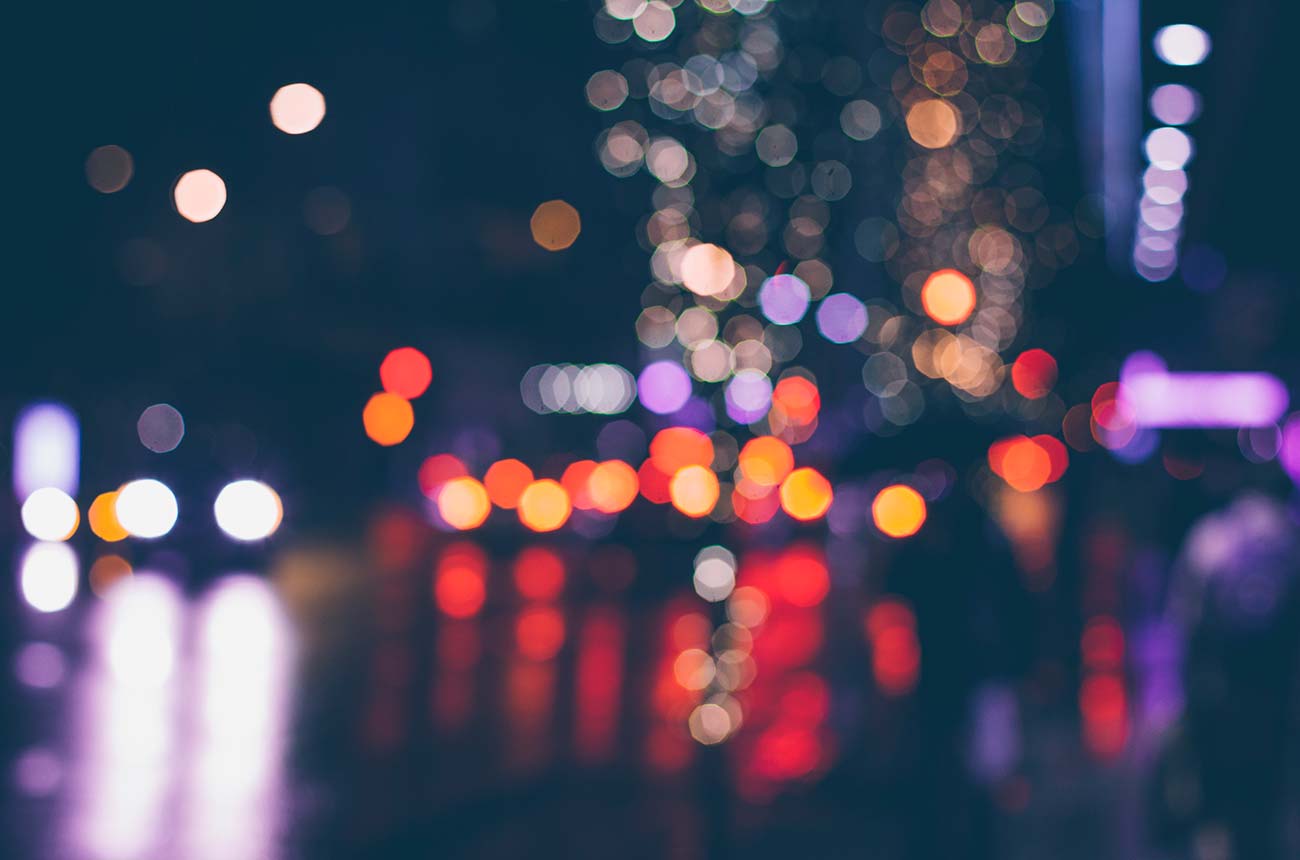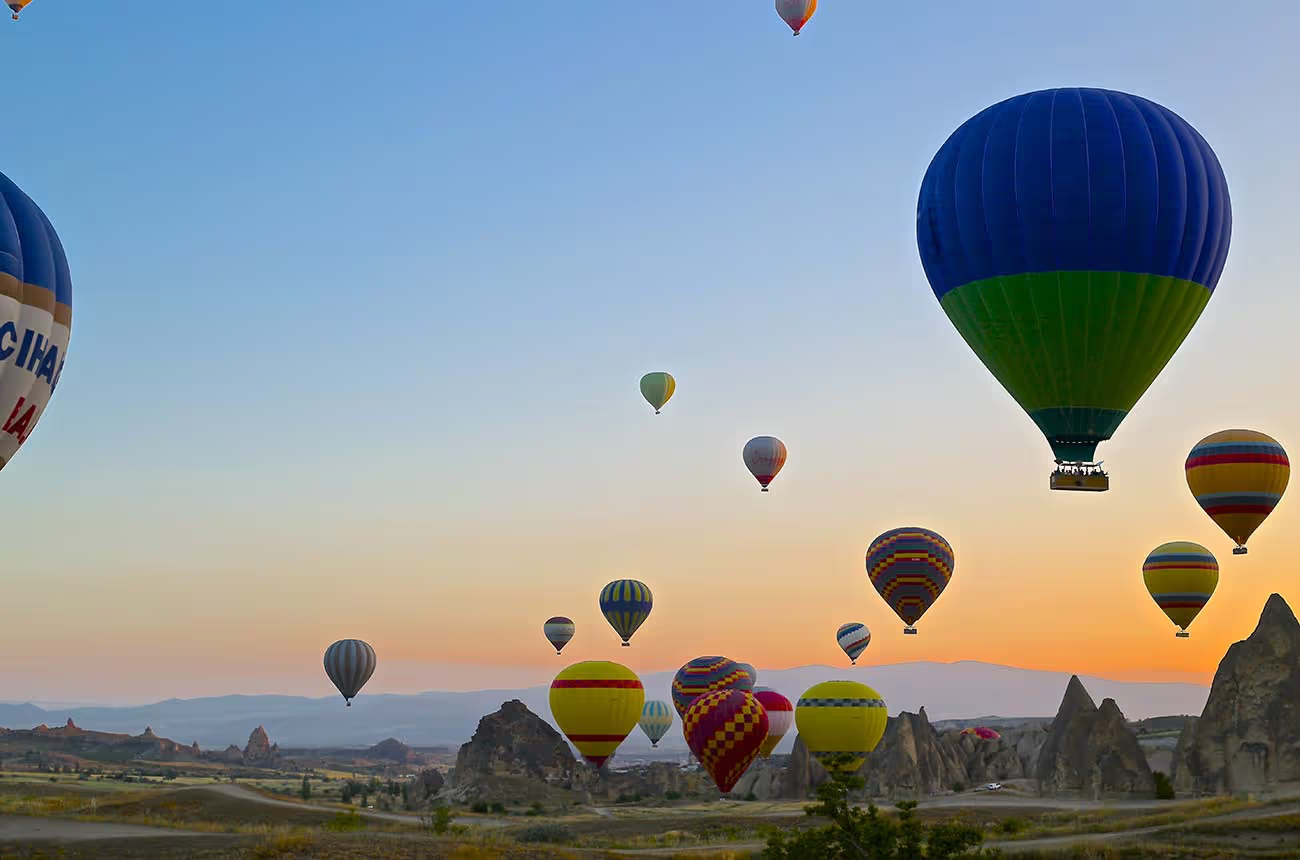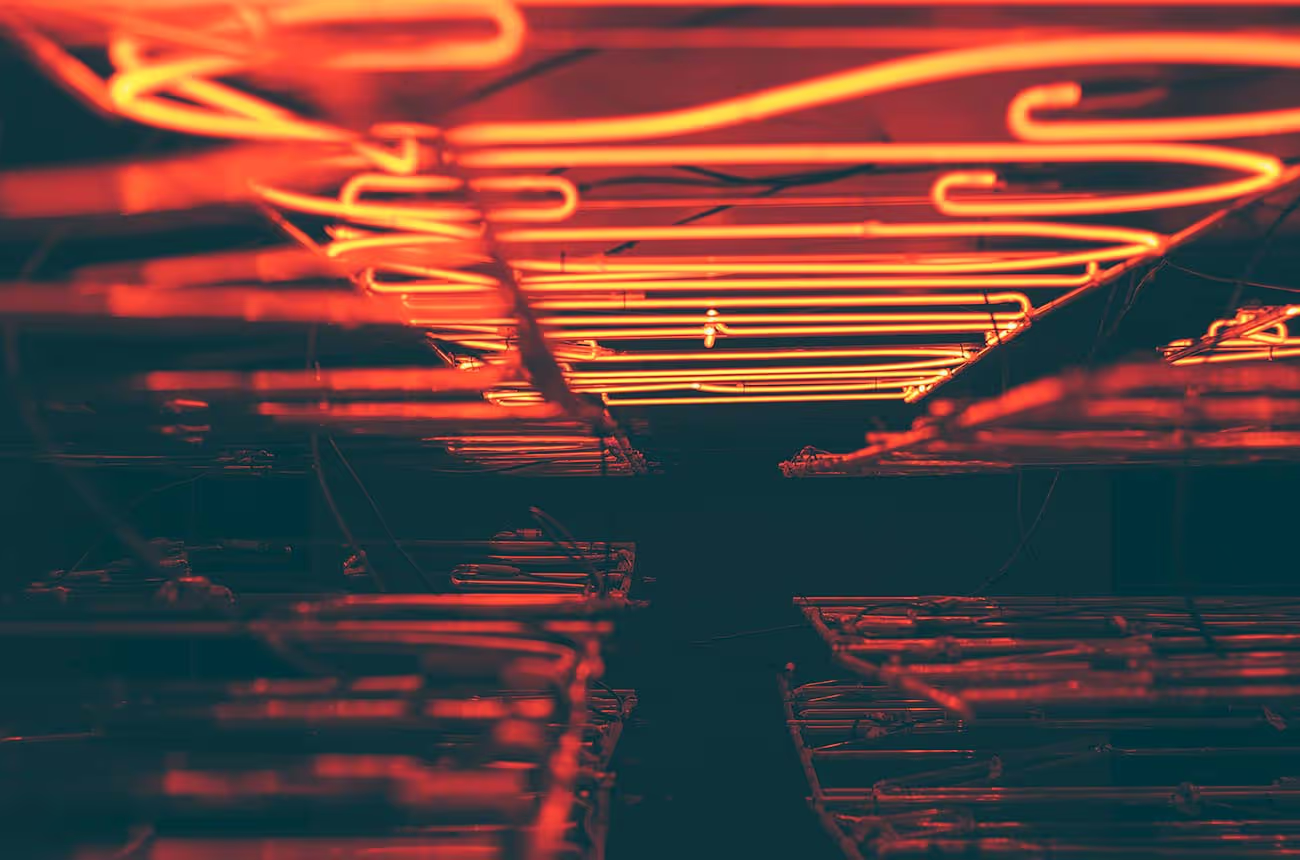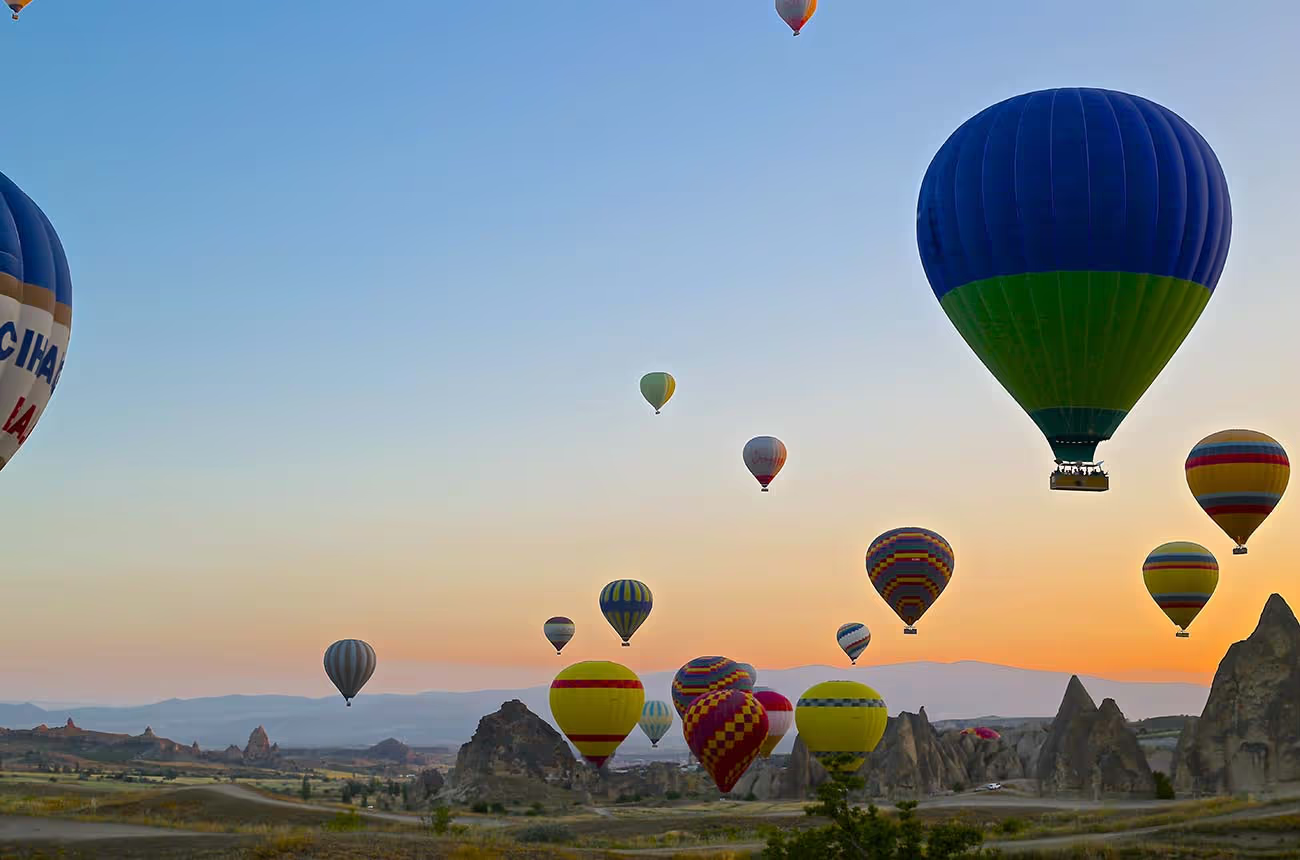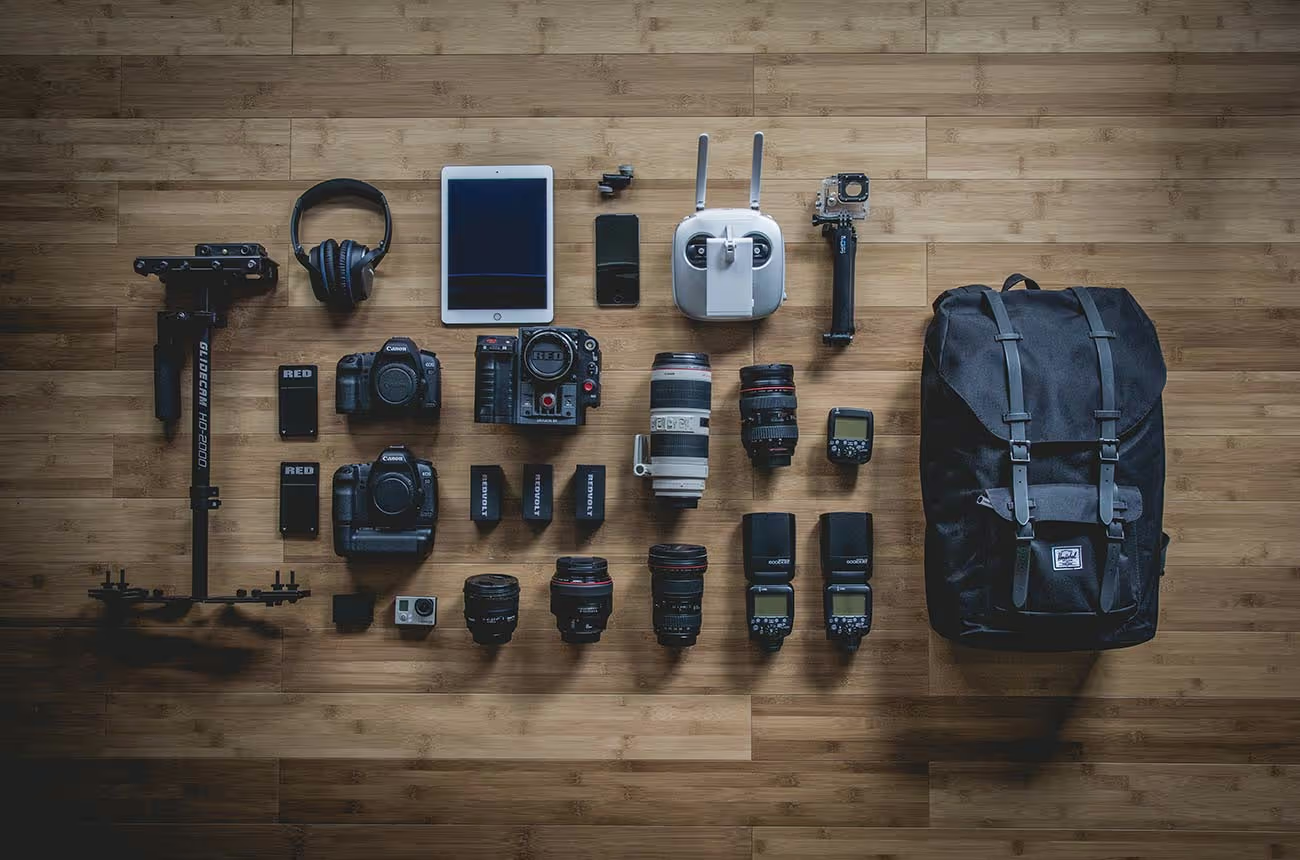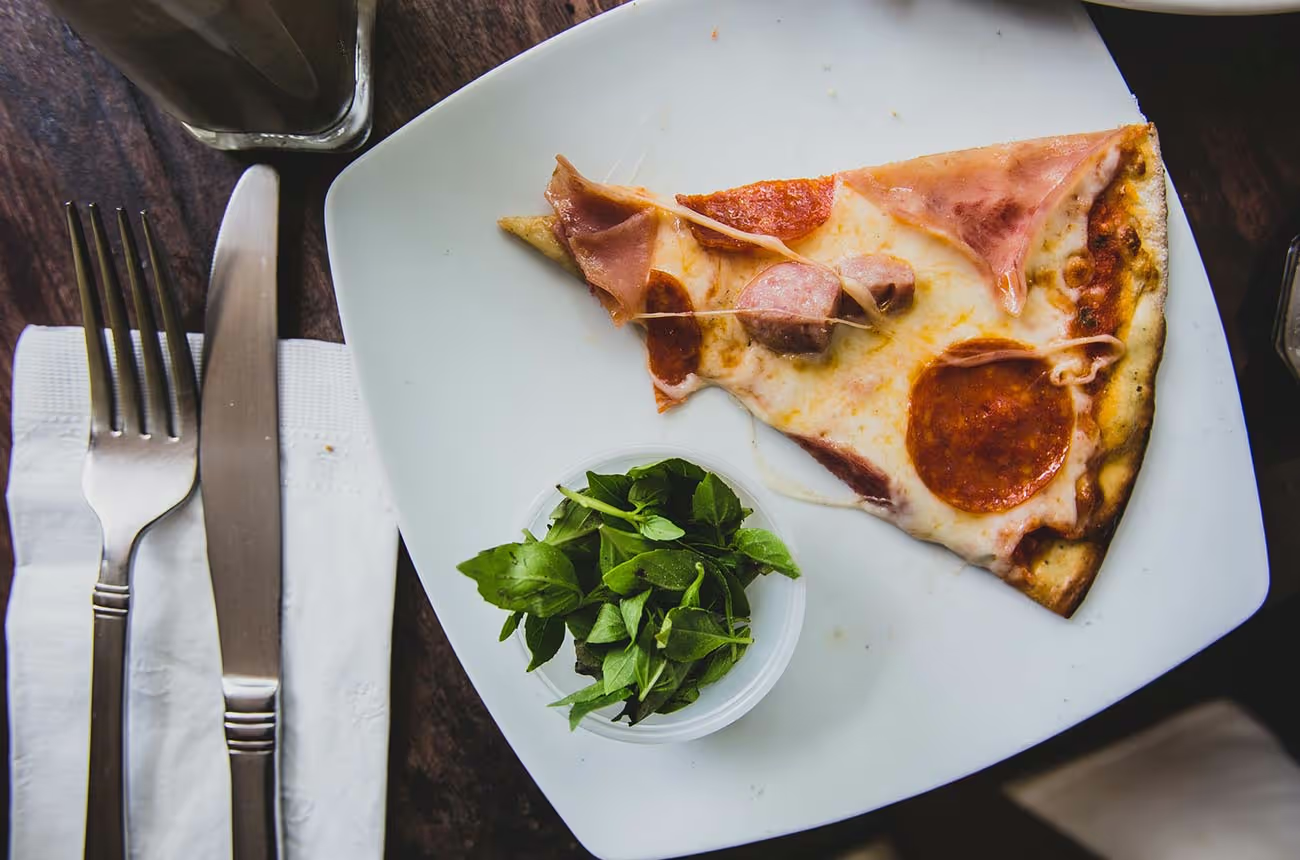
Drone Talk
Gimbal operator and drone technician for Sky-hook.tv Wellington Jess Charlton talks about some aspects of using drones in a screen production environment:
Are the producer/director expectations realistic?
As drones are becoming more common on set, directors and producers are becoming more realistic with their expectations. A drone pilot obviously can’t fly continuously for a ten and three-quarter-hour day, because of the level of intensity involved with flying. Operators should always have the right to say no if they are being pushed beyond what they consider to be safe. It is essential to keep a level head when working with drones and to avoid being rushed in order to mitigate inherent risks. There was a time a few years ago when the technology was struggling to keep up with what directors and producers had in their minds, but that has totally changed. Now it’s possible to shoot smooth footage with long lenses and even to pull focus or iris during flight.
What cameras can you carry and what formats are you shooting in?
These days we only shoot 4k across a range of cameras. It’s possible to fly anything from a GoPro to a Red Dragon. It’s exciting times with new cameras emerging such as the Black Magic Micro and the Alexa Mini, which are particularly well suited to flying.
Do you video downlink in HD or SD?
SD is lower cost and has a much longer range and no noticeable latency. It is fine for most situations unless you need to pick critical focus, or if you have low light and are trying to pick details in the shadows. HD is currently very expensive and the lower-end systems are quite buggy, with more latency.
What duration of flight do you get?
Sometimes it’s better not to fly for too long because it’s good to land, talk about the shot, or review the footage before tweaking the next take. Other times, when the light is optimum and the pilot and operator have a good flow, it would be nice to keep flying for longer. In a drama situation where you are dealing with actors and cues, you generally need to land when you reset the action.
How do you deal with risks working close to talent and crew?
We only use well-tested stable machines and follow a rigorous process of pre-flight checks. Around talent, we only use machines that have redundancy, i.e., Octocopters are less likely to fall from the sky because if one motor fails, there are still seven to keep the machine airborne. We make sure everyone is properly briefed. We never fly directly above a crowd of people. We wouldn’t fly over an actor who isn’t able to look directly at the machine. Crashes can happen because of batteries, flight system failure, or operator error. It is inherently unsafe technology and this needs to be acknowledged. There needs to be more discussion on this and a chapter in the Blue Book dedicated to drone safety. There is a distinct element of risk. This is why producers need to hire experienced drone operators with well-tested systems.
How do you deal with transport of LiPo batteries on planes?
They need to be under 100 watt hours per unit, packed and taped so that they can’t short across the connectors, and to be carried as hand luggage.
What important message would you like to convey?
I personally would like to see more drone shots written into scripts. I’m starting to see more and more, but I think the possibilities have barely been explored. I’d like to see writers and directors playing and experimenting with the language of drone aerials, thinking outside of what has been done before, because ultimately that means more exciting material for us to shoot.
Jess Charlton is a Wellington-based director of photography with a passion for aerial cinematography. This is her third year working as a gimbal operator and drone technician for Sky-hook.tv, who run a fleet of camera drones for film and industrial applications.



